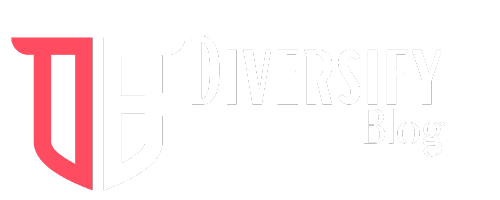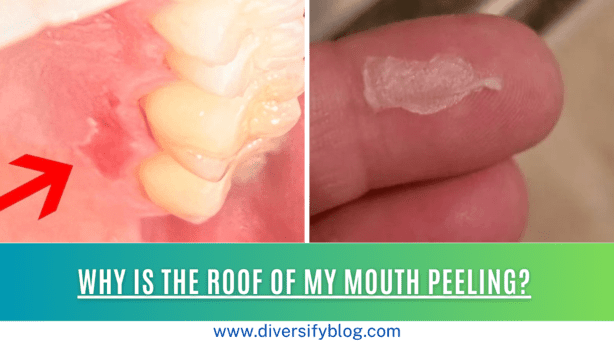Introduction: DNA Testing and Uncovering Hidden Truths:
In recent years, DNA tests are uncovering the true prevalence of incest, revealing secrets long buried in family histories. These at-home DNA tests, like those from companies such as 23andMe and AncestryDNA, have become incredibly popular. People use them to learn about their ancestry, discover distant relatives, and even find potential health risks. However, some users end up uncovering much more than they expected—like shocking family secrets and cases of incest.
Table of Contents
Take Steve Edsel’s story, for example. Through a DNA test, he discovered that he was the child of two first-degree relatives, something he never could have imagined. This revelation turned his world upside down and forced him to confront a dark part of his family’s past. Stories like Steve’s are becoming more common as more people take these tests, shining a light on the uncomfortable reality that incest is more widespread than many of us might think.
These discoveries are not just about sensational stories, though. They have real emotional, psychological, and health implications for those who uncover such truths. Understanding how DNA tests are uncovering the true prevalence of incest helps us see the importance of these tests beyond just learning about our roots. They are tools that can reveal hidden truths, prompt healing, and encourage open conversations about difficult topics.
As we dive into the details of Steve Edsel’s journey and other similar stories, we’ll explore how these revelations are changing lives and what they mean for our understanding of family and genetics.
2. Steve Edsel’s Story: A Journey of Discovery:
Steve Edsel’s story is a perfect example of how DNA tests are uncovering the true prevalence of incest. Steve, a man in his 40s, took an at-home DNA test just out of curiosity. He wanted to learn more about his ancestry and maybe find some long-lost relatives. What he found instead was something he never expected.
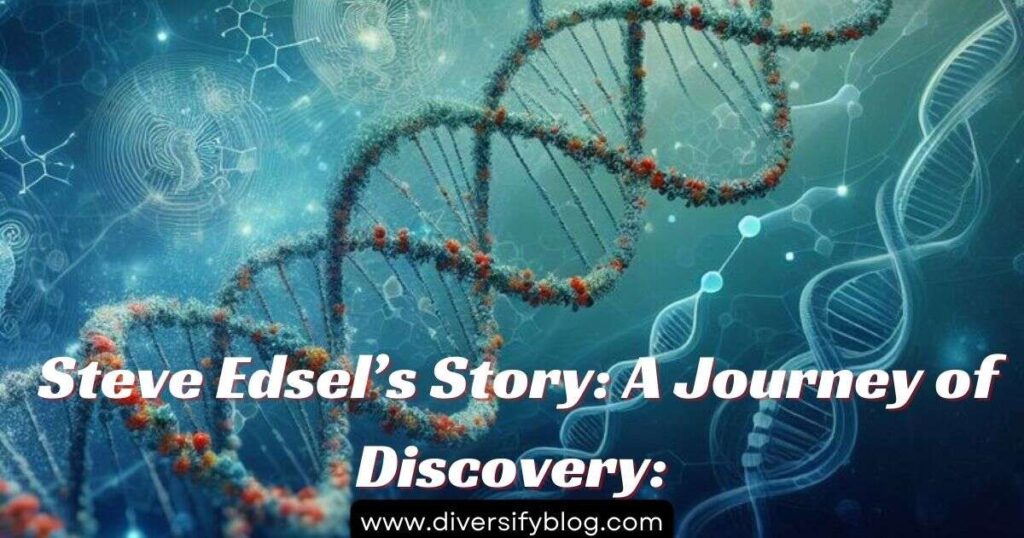
The DNA test results showed that his parents were actually first-degree relatives. This means his mom and dad were either siblings or one of them was a parent to the other. Talk about a shocker! Steve was totally floored. He couldn’t figure out how this could happen, and it sent him on a quest to understand his family history.
As he dug deeper, Steve discovered that his mother had been very young when she had him. She was only 14 years old, and she disappeared from the hospital shortly after giving birth. Steve couldn’t figure out if his father was his mom’s brother or his grandfather. Either way, it was a horrible situation to think about. This discovery made him feel incredibly protective of his young mother, imagining the trauma she must have gone through.
Steve’s story shows just how much these DNA tests can reveal. They don’t just tell you where your ancestors came from; they can also uncover deep, dark family secrets that have been hidden for years.
3. The Scrapbook: Clues from the Past:
After getting his DNA results, Steve decided to look for more clues about his family’s past. He started by going through an old family scrapbook that had been sitting in his attic for years. This scrapbook turned out to be a goldmine of information.
Inside, Steve found old photos, letters, and even some medical records. These bits and pieces started to form a clearer picture of what might have happened. There were pictures of his mom as a young girl, looking happy and carefree. But there were also some photos that made him pause—pictures of her with a man who seemed just a little too close.
The letters were even more revealing. They were written by his mom to her parents, and they talked about her fear and confusion. She didn’t mention who the father was, but it was clear she was in a very bad situation. The medical records showed that she had been to the hospital multiple times during her pregnancy, but there was no mention of who was with her or supporting her.
Steve realized that his mom had been through a lot of pain and hardship. The scrapbook gave him more insight into her life and helped him understand why she might have kept everything a secret. It also confirmed that the DNA test results were not a mistake; they were uncovering a truth that had been hidden for decades.
Through the scrapbook, Steve was able to piece together his family’s past and come to terms with his own identity. It wasn’t easy, but it was a crucial step in understanding where he came from and who he really is.
4. Adolescence and the Quest for Answers:
As Steve delved deeper into his family history, he couldn’t shake off the nagging questions about his origins. He vividly remembered turning 14 himself, the same age his biological mother was when she had him. This milestone sparked a newfound curiosity about his past and a determination to uncover the truth.
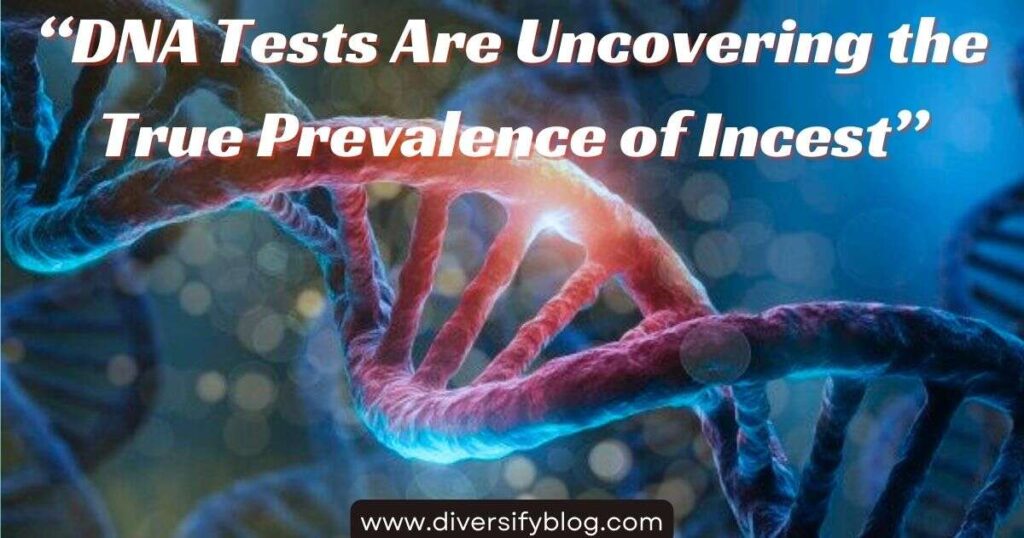
During his teenage years and into his early adulthood, Steve began actively searching for clues about his birth parents. He scoured old records, asked probing questions to his adoptive parents, and even considered hiring a private investigator. But despite his efforts, the trail always seemed to go cold.
It wasn’t until he reached his 40s that Steve’s quest for answers took a significant turn. The emergence of at-home DNA testing offered him a glimmer of hope—a chance to unlock the secrets of his genetic heritage and potentially reconnect with his biological family.
5. AncestryDNA: The Search Intensifies:
Armed with an AncestryDNA kit, Steve embarked on a journey of genetic discovery. The process was relatively straightforward: a simple saliva sample mailed off to a lab, followed by anxious anticipation for the results. Little did he know that this test would unearth revelations beyond his wildest imagination.
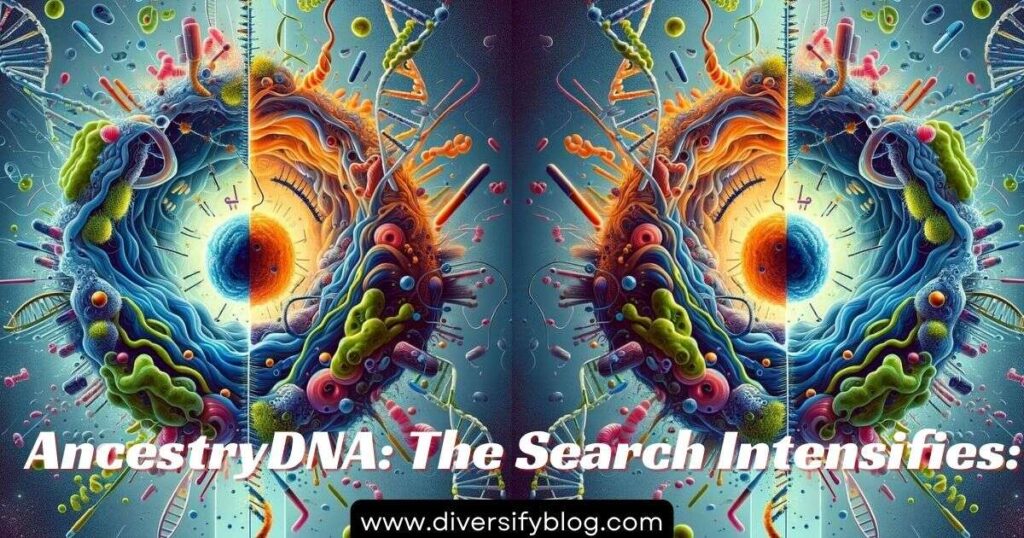
When Steve received his DNA results, he was stunned to discover the shocking truth: he was the product of incestuous parentage. His biological parents were not just related—they were first-degree relatives, a fact that sent shockwaves through his entire being.
Despite the initial shock, Steve was determined to delve deeper into his newfound genetic heritage. He turned to online forums and genetic genealogists for guidance, hoping to unravel the tangled web of his family tree. With each new lead, the search intensified, bringing him one step closer to uncovering the truth about his origins.
6. Facing the Fallout: Emotional Turmoil and Healing:
Upon learning the truth about his biological parents, Steve was plunged into a whirlwind of conflicting emotions. Anger, confusion, and disbelief vied for dominance as he grappled with the enormity of his discovery. The once-familiar landscape of his identity had been irrevocably altered, leaving him adrift in a sea of uncertainty.
As Steve navigated the tumultuous waters of his newfound reality, he sought solace in the support of his loved ones. His wife, Michelle, stood by his side, offering unwavering love and understanding in the face of adversity. Together, they forged a path forward, confronting each new challenge with resilience and determination.
Despite the initial shock, Steve gradually began to find a sense of peace amidst the chaos. Through therapy, introspection, and the unwavering support of his community, he embarked on a journey of healing and self-discovery. While the scars of his past may never fully fade, Steve emerged from the crucible of his experience with newfound strength and resilience.
7. A Beacon of Hope: Sharing His Story and Offering Support:
In the wake of his own journey, Steve felt compelled to shine a light on the hidden epidemic of incest and offer support to others facing similar struggles. He became an advocate for survivors of incest, using his platform to raise awareness and foster a sense of community among those impacted by this taboo issue.
Through speaking engagements, support groups, and online outreach, Steve sought to provide a beacon of hope to those grappling with the aftermath of incest. His willingness to share his story openly and honestly served as a source of inspiration to countless individuals, offering reassurance that they were not alone in their pain.
In collaboration with his wife, Michelle, Steve helped to establish a network of support groups for survivors of incest, providing a safe space for individuals to share their experiences and find solidarity in their journey towards healing. Together, they worked tirelessly to break the silence surrounding incest and offer a lifeline to those in need.
8. Illuminating the Shadows: Shedding Light on a Taboo Topic:
In the shadows of society, incest has long remained a taboo topic, shrouded in silence and stigma. But with the advent of widespread DNA testing, the veil of secrecy is being lifted, revealing the startling prevalence of this hidden epidemic.
As DNA tests uncover case after case of individuals born from incestuous unions, the true scope of the problem comes into focus. No longer confined to whispered rumors and hidden truths, incest emerges from the shadows and demands to be acknowledged and addressed.
Through the courageous testimony of survivors like Steve, the silence surrounding incest is shattered, replaced by a chorus of voices demanding justice, recognition, and support. By shining a light on this once-hidden issue, we can begin to dismantle the barriers of shame and secrecy that have long surrounded it.
9. Empowerment Through Awareness: Breaking the Cycle of Silence:
As awareness of incest grows, so too does the opportunity for empowerment and healing. By breaking the cycle of silence and shame, survivors can reclaim their voices and their agency, finding strength in solidarity and support.
Through education, advocacy, and community outreach, we can work together to create a world where survivors of incest are met with compassion, understanding, and resources for healing. By fostering a culture of openness and acceptance, we can ensure that no one suffers in silence, and that all individuals impacted by incest receive the support and care they deserve.
10. Genetic Insights: Uncovering Family Secrets:
This heading refers to the role of genetic testing in revealing hidden or unknown information about one’s family history. Through DNA analysis, individuals may discover unexpected familial connections, secrets, or relationships that were previously undisclosed or unknown. This section could delve into the ways in which genetic testing has revolutionized our understanding of family dynamics and unearthed long-held secrets.
11. An Unexpected Journey: Navigating the Complexities of Genetic Genealogy:
This heading speaks to the journey individuals embark on when they delve into genetic genealogy, which involves using DNA testing to trace familial relationships and ancestry. The process can be filled with surprises, challenges, and emotional twists and turns as individuals navigate through complex family histories and uncover unexpected connections. This section could explore the various complexities and nuances involved in exploring one’s genetic heritage through genealogical DNA testing.
Conclusion:
The advent of DNA testing has not only revolutionized our understanding of genetic heritage but also unearthed profound truths about family dynamics, including the prevalence of incestuous relationships. Through the courageous journeys of individuals like Steve Edsel, who confronted the startling reality of his own biological origins, we are confronted with the harsh realities of taboo subjects previously hidden in the shadows. As awareness grows and the veil of secrecy surrounding incest is lifted, there emerges a newfound opportunity for empowerment, healing, and advocacy. By fostering a culture of openness, acceptance, and support, we can break the cycle of silence and ensure that survivors of incest receive the compassion, understanding, and resources they need to heal and thrive.
As we navigate the complexities of genetic genealogy and uncover family secrets hidden in our DNA, we embark on an unexpected journey filled with surprises, challenges, and emotional revelations. Through this journey, we gain not only insights into our genetic heritage but also a deeper understanding of ourselves and our place within the intricate tapestry of family history. By embracing the complexities of our genetic legacy and confronting the truths revealed by DNA testing, we can forge new connections, heal old wounds, and ultimately, move forward with a renewed sense of identity and purpose.
PEOPLE ALSO ASKED:
What DNA tests are revealing about incest ?
DNA tests are revealing the startling prevalence of incest, uncovering hidden family secrets that were previously undisclosed or unknown. Through genetic analysis, individuals may discover unexpected familial connections, including relationships that involve incestuous unions. These revelations shed light on the harsh realities of taboo subjects long concealed in the shadows of society.
What is physical signs of incest ?
Physical signs of incest may vary and can include genetic markers uncovered through DNA testing, as well as potential health complications that arise from close biological relationships. In some cases, individuals may exhibit physical traits or medical conditions that suggest a history of incest within their family tree.
Why is incest a crime?
Incest is considered a crime in many jurisdictions due to the inherent power imbalances and potential for harm involved in familial relationships. It is often associated with issues of consent and exploitation, as well as the risk of genetic abnormalities in offspring resulting from close biological relationships. Legal prohibitions against incest seek to protect individuals from harm and uphold the principles of consent, autonomy, and familial integrity within society.
